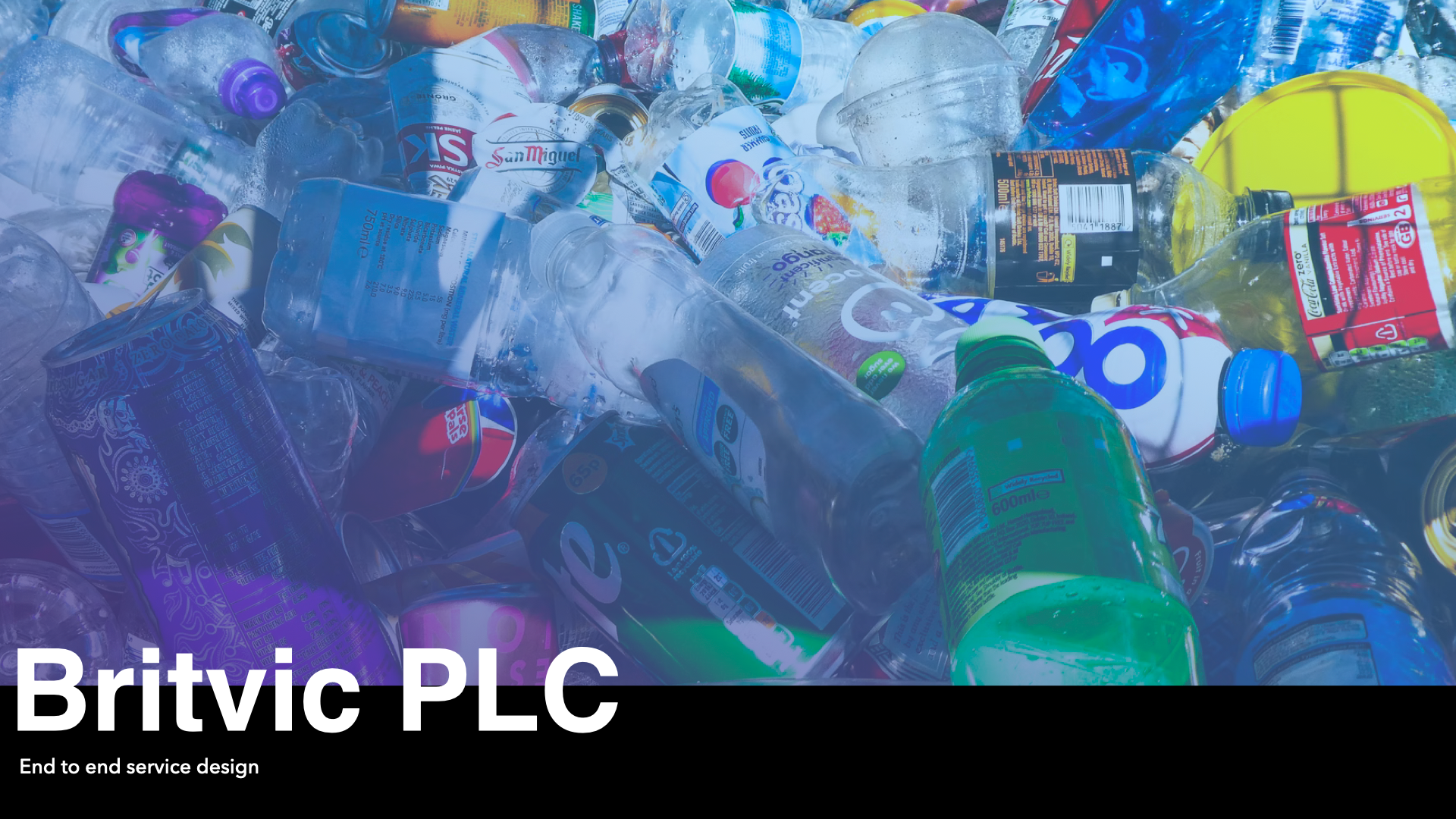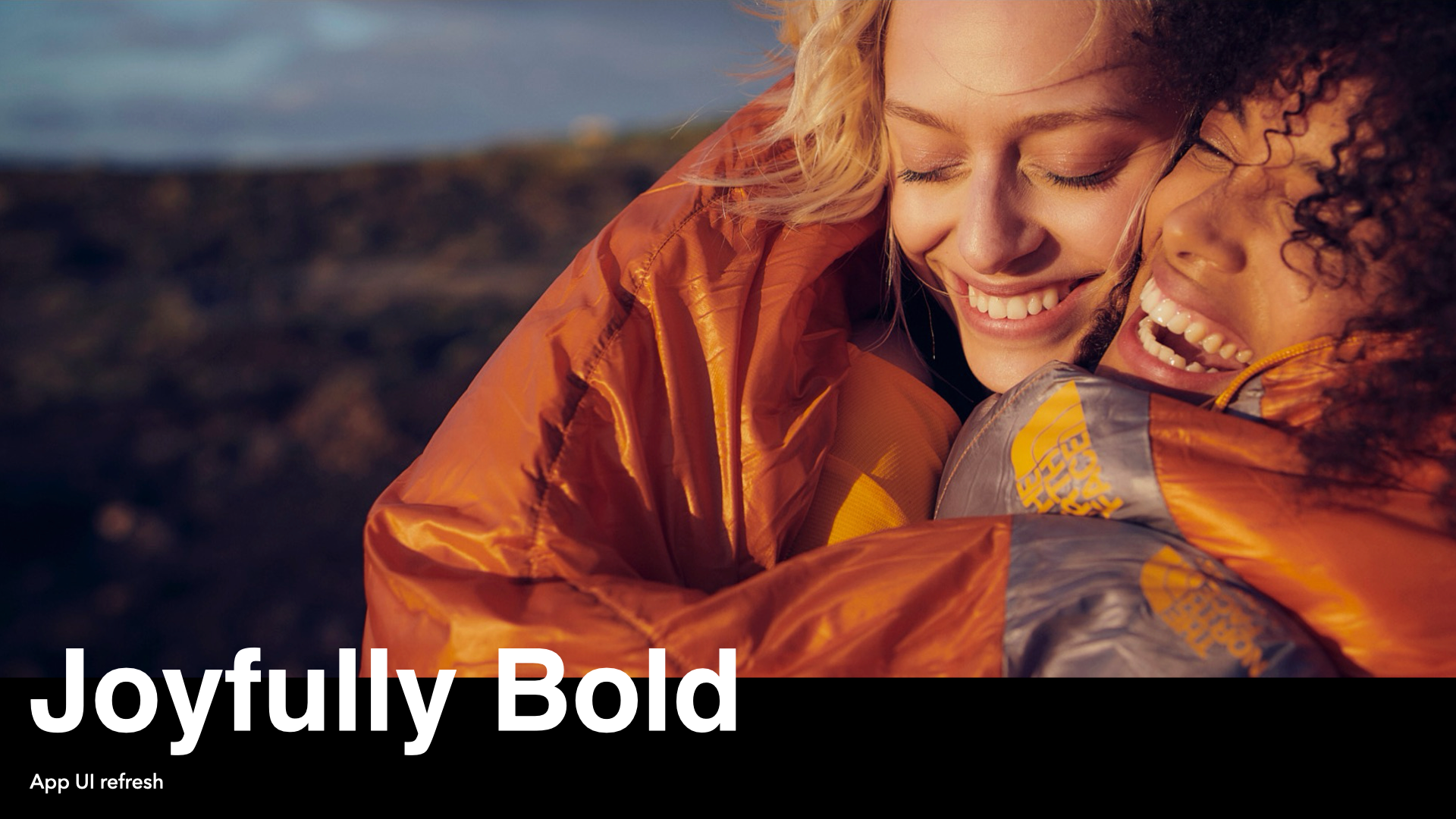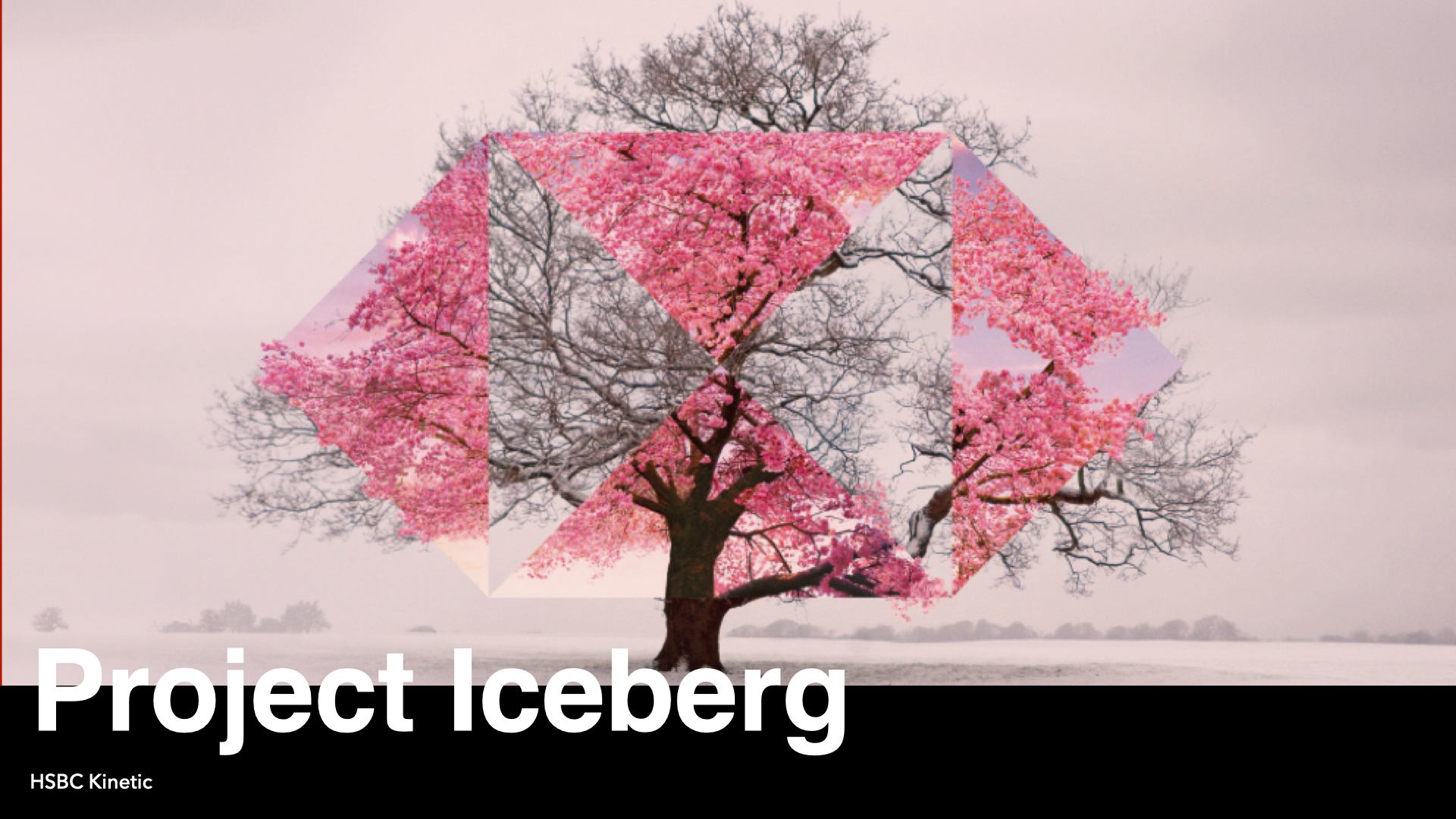We set out to help the BOA create a Home Games experience for Team GB by seeking to remove and mitigate as many of the distractions and stresses that can occur in an unfamiliar environment.
With the variety of sports, roles, timetables, and personalities, information communicated from a central source would not be sufficient to meet the complex needs across the team. Therefore, our research suggested that immersion in the relevant details of Tokyo and the Games environment would be best accomplished using content generated by Team GB members and shared on a Social Immersion Platform.
We recommended Facebook Workplace and detailed how it can be most effectively tested and implemented so that it functions successfully before the Games themselves.
We also made recommendations for how to build upon the baseline of research that we have created by continuing to gather feedback from Team GB and updated the framework that we had created. This provides a strong evidence base, which allowed the BOA to proactively make informed decisions and address points of friction in the Team’s journey and prioritised where effort should be deployed to have the most impact.
Statement of Focus
In 2012, London was familiar to the members of Team GB, and they performed brilliantly.
In Rio, Team GB also did amazingly well, but there were surprises, distractions, and stresses for athletes and support staff.
Wouldn’t it be great to prepare people for the unfamiliar?
But how would that be possible, given the huge variety of sports, locations, and people involved?
How could the BOA capture all these relevant details and let the team members know during the preparation phase and at the time of the Games themselves?
How could the BOA respond to the unexpected so that team members can not be distracted and can focus on winning?
Our proposition
Based on the research we’ve conducted, an assessment of the technologies available, we recommend that the BOA trial a Social Immersion Platform with a view to rolling it out in preparation for Tokyo and then developing it further for the Games beyond.
The platform would be closed, allowing access only to Team GB members, thus removing the potential distractions that could be present when communicating on open platforms.
The aim was to structure, roll out, and manage the platform in a way that allows it to meet the design principles we had outlined.
The fact that content is user-generated would help address the issue around the massive complexity of Team GB’s operation, in preparation for the Games and during the event itself.
Crucially, a social platform would give the BOA instant feedback on content posted (Whereas in the past it has been hard to determine how well content has been received and how useful it’s been, as everything has been mediated through Team Leads). This would be valuable, as it will set up a loop of feedback and improvement to make sure that content and information are delivering an impact.
Through research, I created a detailed map of the Team GB journey and a set of design principles. As more feedback was gathered from athletes and support staff, the map and principles was be updated and expanded.
It should be clear where any future projects to improve the athlete or support staff experience fit along this journey. This could be used when engaging with BOA partners, so they can show where in the journey their work will make improvements.
It can also be used as a framework to allow improvement projects to be prioritised and scheduled.
Research Design: Contextual and behavioural interviews
Data points and analytical approach
We collected a wide range of data points during our fieldwork period, which was subjected to systematic analysis. I carefully revisited our audio recordings and they were used to enrich our fieldnotes to help review and examine what study participants have been telling us.
I created a context framework that allowed us to structure and organise our data in meaningful ways to facilitate rigorous examination of common themes. This helped connect and interpret findings to discover patterns within and across data points.
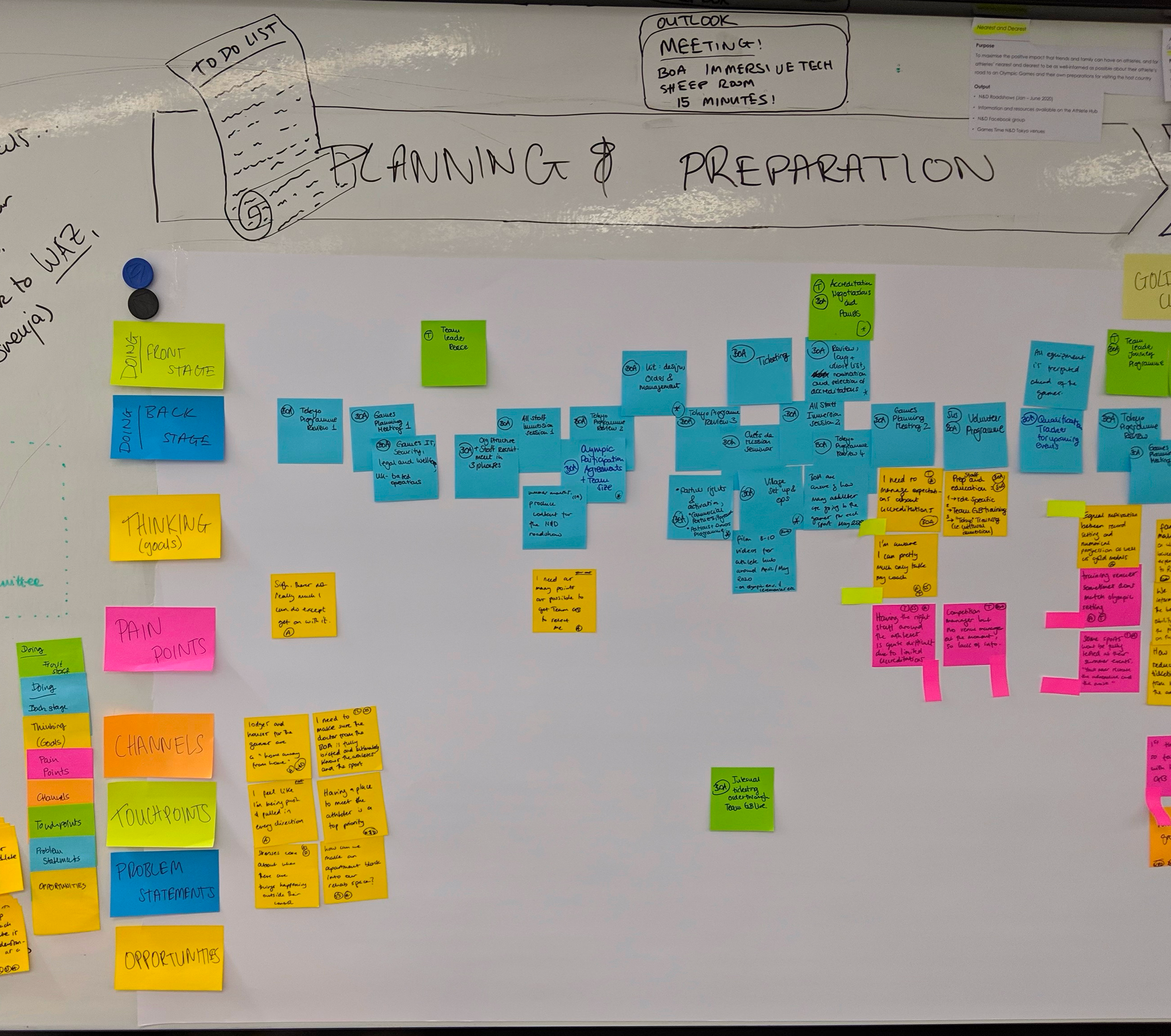
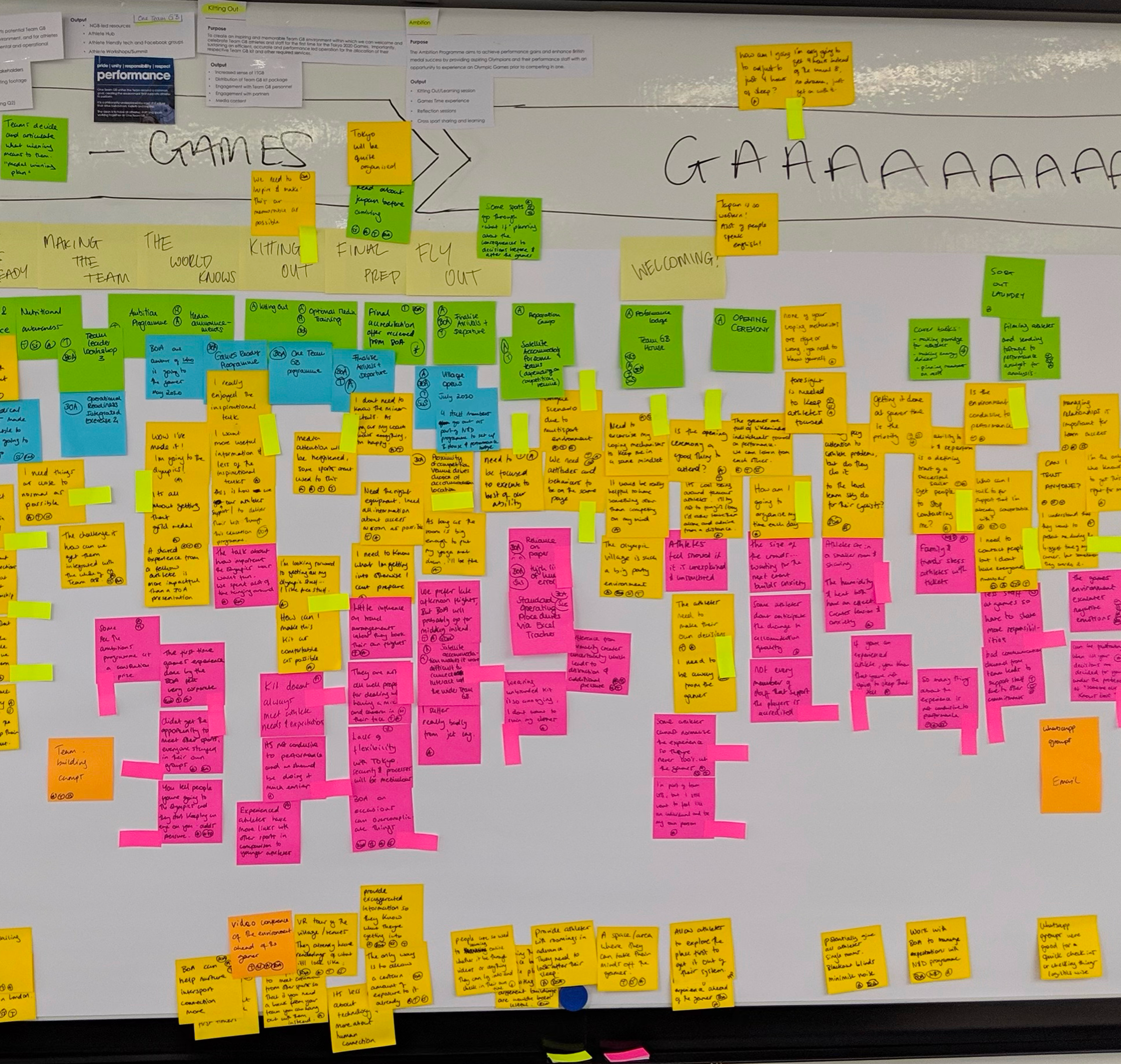
Ideation phase
Following our research, we moved on to the ideation phase, where the solution started to take shape. The working sessions that were run were a key part of this.
Working session one: How could we?
In the first working session we built on the research to create a map of opportunities.
The map validated our hypothesis around complexity (meaning that centrally generated content could not make the impact required) and showed the need for something that created coherence across the Games Journey.
This indicated that some kind of communication platform, that allowed Team GB members to easily create and share relevant information, would be the best tool to create the immersion we are targeting.
Working session two: How should we?
In the second session, we explored how a social platform could be used to communicate with and between Team GB.
We looked at:
How a platform could address the different needs of Team GB members
What communications could supplement and/or replace
How the platform would need to be structured and managed
How could it be rolled out and improved iteratively
What risks would need to be mitigated
Findings
Next steps and recommendations
With the baseline of research that we created, the BOA could now build a human-centred, research-led culture of continuous improvement.
This provided a strong evidence base allowing the BOA to proactively make informed decisions and address points of friction in the Team’s journey and prioritise where effort should be deployed to have the most the impact.
Continue to interview athletes and support staff, building a more complete and diverse picture of Team GB
Update the journey map and the design principles as indicated by the research
Make feedback and updating the research an integral part of the pre-Games and post-Games process
Map out existing contact opportunities with athletes and support staff, and gather data at these points, avoiding repetition of effort
The combined roadmap outlined the specific steps that can be taken, along with suggested time frames.
Technology overview
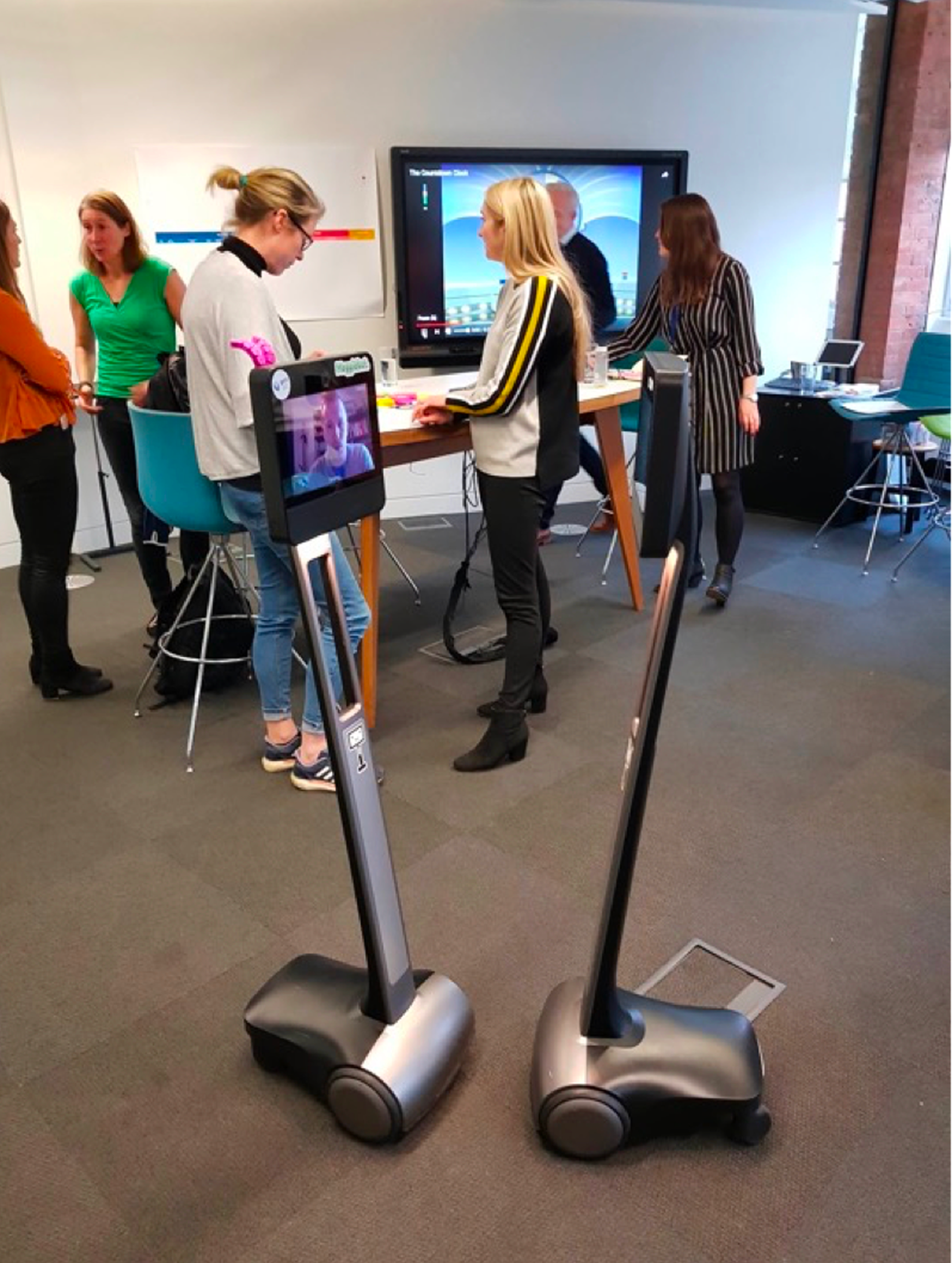
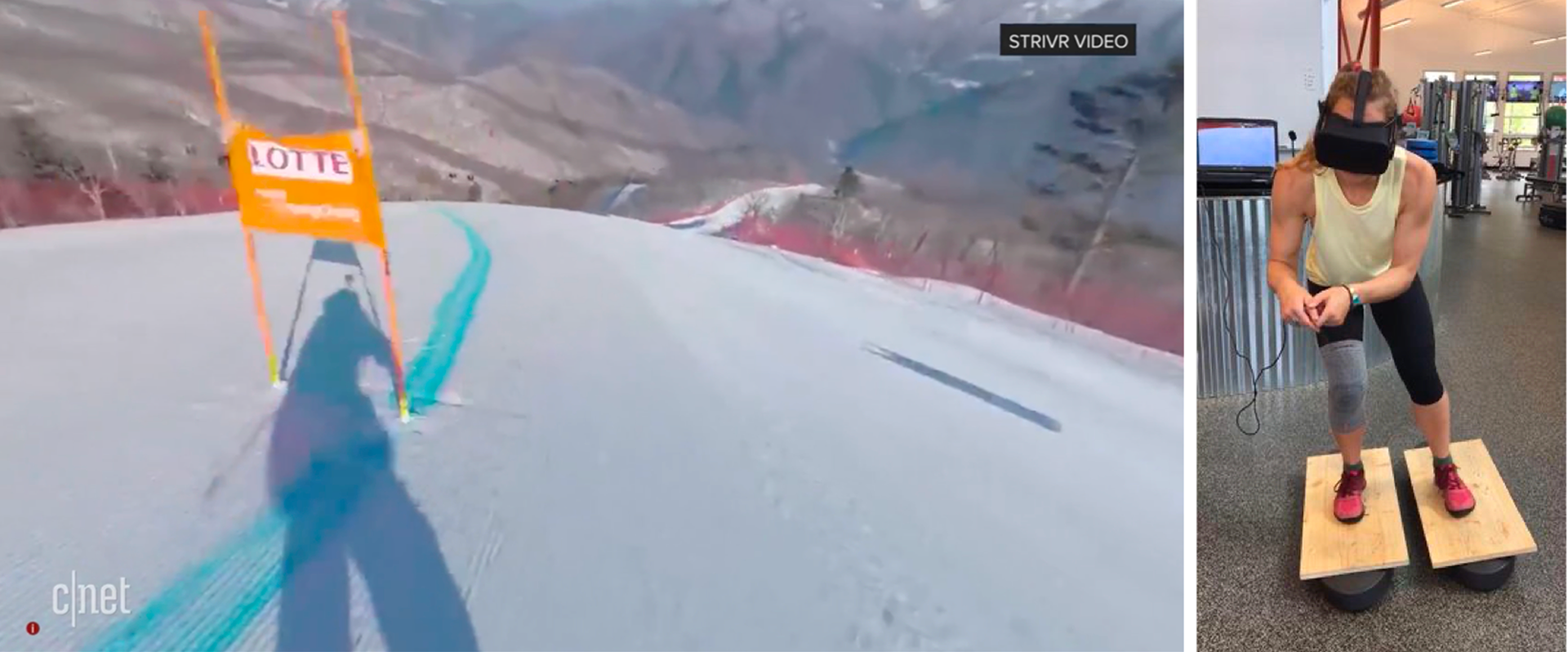
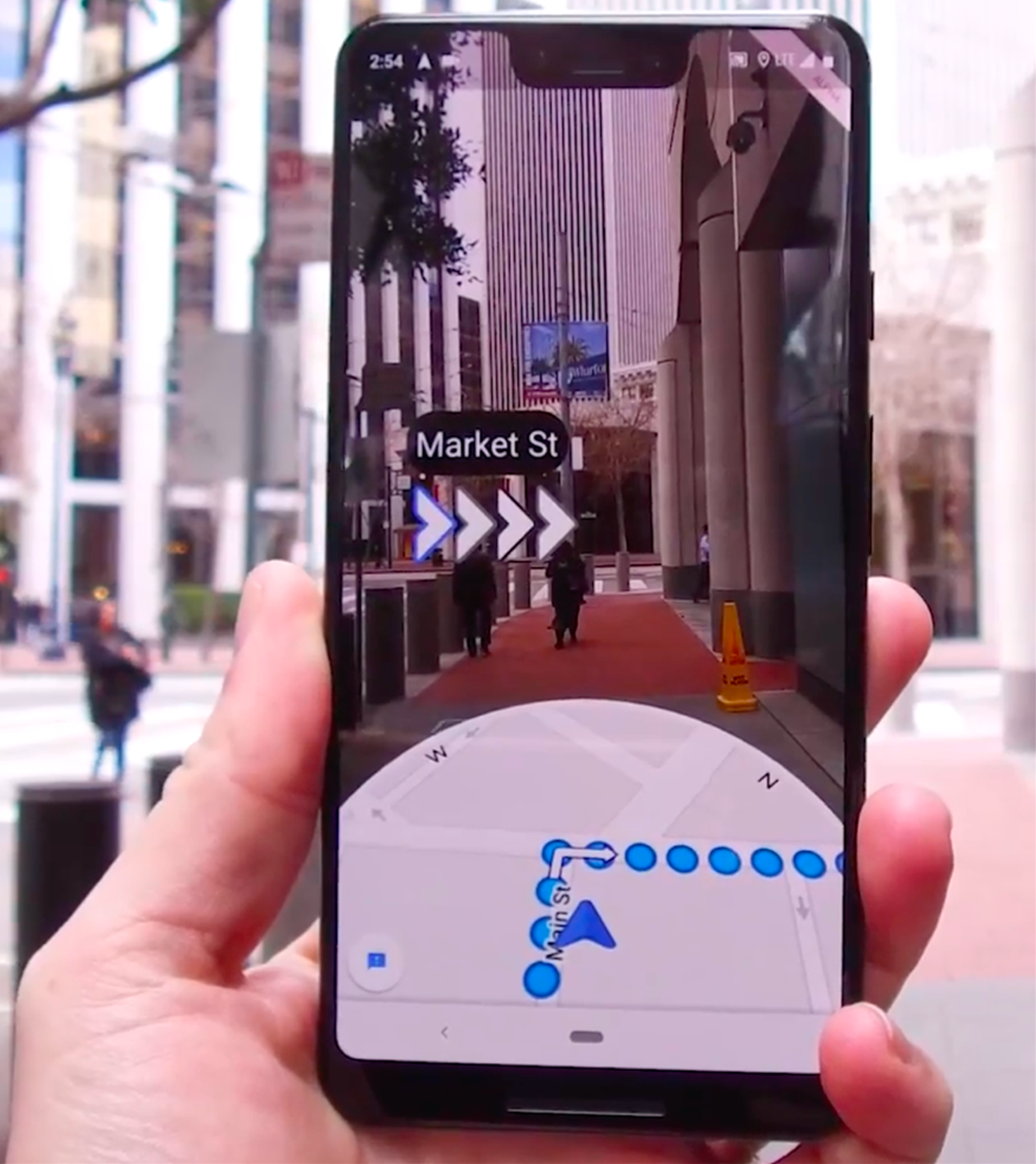

The road to Tokyo and beyond
Following the research phase and technology overview, one of the key deliverables of this project was a revised journey map, which encapsulates the end-to-end journey for all athletes and support staff ahead of the games.
The journey map covers all the insights we have gained and plots them across the time before and after the games. We have highlighted the moments of highest friction to help focus our efforts.
The full map was available both in digital format and also printed and hung up in the BOA offices, as a reference point to facilitate discussions within teams and with external partners.
